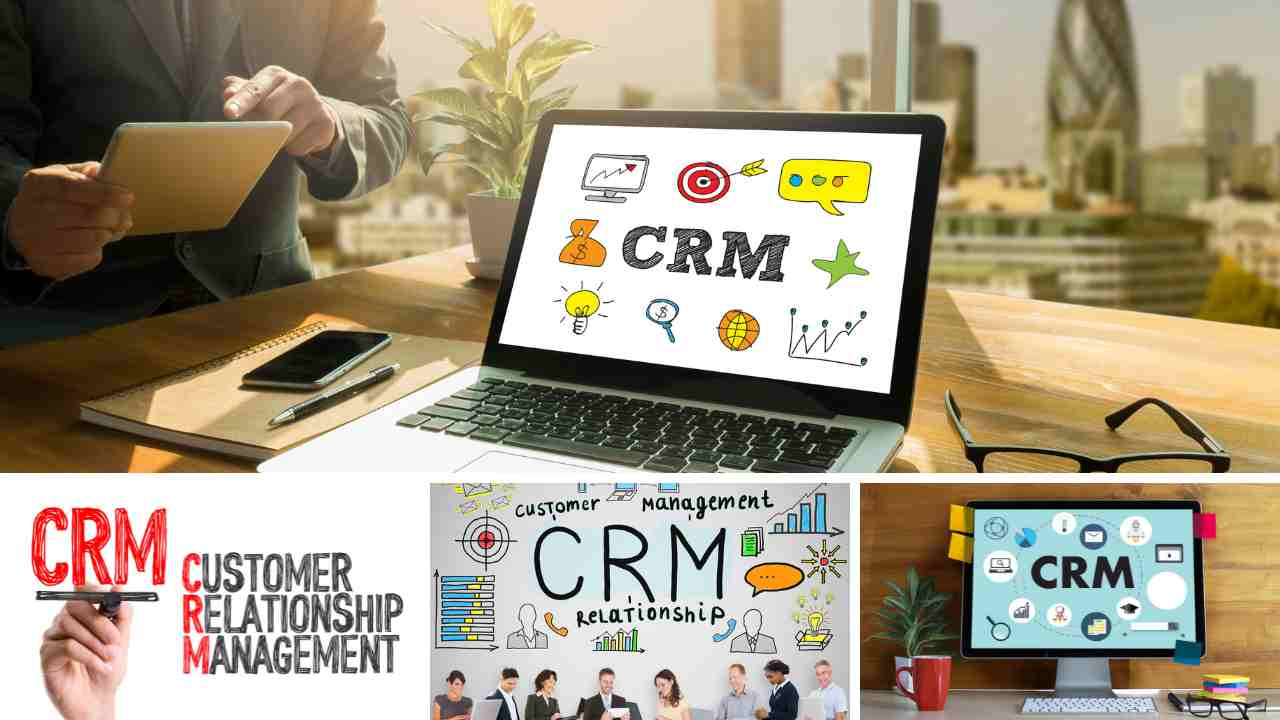Best Practices for Adopting Customer Centric Approach With CRM

Customer relationship management (CRM) is a vital tool for businesses looking to improve their customer interactions and drive growth. However, simply implementing a CRM system is not enough to achieve success. To truly adopt a customer-centric approach, businesses must follow best practices that align their CRM strategy with their customers’ needs and expectations. In this article, we will explore the key best practices for adopting a customer-centric approach with CRM, supported by examples, case studies, and statistics.
1. Understand Your Customers
Before implementing a CRM system, it is crucial to have a deep understanding of your customers. This includes their demographics, preferences, pain points, and buying behaviors. By gathering and analyzing customer data, businesses can create detailed customer profiles and personas, which serve as the foundation for a customer-centric CRM strategy.
For example, a clothing retailer may use CRM data to identify that their target customers are predominantly young professionals who value sustainable fashion. Armed with this knowledge, the retailer can tailor their marketing campaigns and product offerings to meet the specific needs and preferences of their target audience.
2. Align CRM Strategy with Business Goals
A customer-centric CRM strategy should be aligned with the overall business goals and objectives. By clearly defining the desired outcomes, businesses can ensure that their CRM efforts are focused on driving results that contribute to the bottom line.
For instance, a software company may have a business goal of increasing customer retention by 20% over the next year. To achieve this, they can leverage their CRM system to identify at-risk customers, proactively address their concerns, and provide personalized support. By aligning their CRM strategy with the goal of improving customer retention, the company can maximize the value of their CRM investment.
3. Integrate CRM with Other Systems
A customer-centric approach requires a holistic view of customer interactions across various touchpoints. To achieve this, businesses should integrate their CRM system with other key systems, such as marketing automation, customer support, and e-commerce platforms.
By integrating CRM with marketing automation, businesses can track and analyze customer interactions throughout the entire customer journey. This allows for personalized and targeted marketing campaigns based on individual customer preferences and behaviors.
For example, a travel agency can use CRM data to identify customers who have shown interest in a specific destination. They can then use marketing automation to send personalized emails with relevant travel deals and recommendations, increasing the likelihood of conversion.
4. Provide Training and Support
Implementing a CRM system is not enough; businesses must also invest in training and support to ensure its effective use. Employees should be trained on how to use the CRM system and understand its benefits in improving customer interactions.
Furthermore, businesses should provide ongoing support to address any questions or issues that may arise. This can be done through regular training sessions, documentation, and a dedicated support team.
For instance, a real estate agency implementing a CRM system can provide training to their agents on how to effectively use the system to manage leads, track client interactions, and automate follow-ups. This empowers the agents to provide a personalized and seamless experience to their clients, ultimately leading to increased customer satisfaction and loyalty.
5. Continuously Measure and Improve
A customer-centric approach requires continuous measurement and improvement. Businesses should regularly analyze CRM data to identify trends, patterns, and areas for improvement.
By measuring key performance indicators (KPIs) such as customer satisfaction, customer retention, and conversion rates, businesses can track the effectiveness of their CRM strategy and make data-driven decisions to optimize their customer interactions.
For example, an e-commerce retailer can analyze CRM data to identify the most common reasons for cart abandonment. They can then make improvements to their website, checkout process, or customer support to address these pain points and increase conversion rates.
Get Your FREE 14-Day Trial and Take Your Business To The Next Level with an All-In-One Sales and Marketing Platform for businesses, agencies and marketers.
Adopting a customer-centric approach with CRM is essential for businesses looking to improve customer interactions and drive growth. By understanding your customers, aligning CRM strategy with business goals, integrating CRM with other systems, providing training and support, and continuously measuring and improving, businesses can create a customer-centric CRM strategy that delivers tangible results.
Remember, implementing a CRM system is just the first step. To truly succeed, businesses must embrace a customer-centric mindset and leverage CRM as a tool to enhance customer experiences and build long-lasting relationships.
Visit https://SaasExpert.ca – Your All-In-One Sales and Marketing Platform for small businesses, agency owners, and marketers.
Learn more about “Strategies for Adopting Customer Centric Approach with CRM” right here.
Frequently asked questions about Best Practices for Adopting Customer customer-centric Approach With CRM.

What Are the Top 3 Best Practices for Implementing a Customer-Centric Approach in CRM? 🤔
When it comes to the holy grail of CRM practices, here are the top 3:
Data Integrity: Before anything else, ensure your data is clean, organized, and up-to-date. Bad data leads to bad decisions, right? 🗑️➡️👎
Personalization at Scale: A little personal touch goes a long way. Use CRM to automate personalized interactions without making them feel “robotic.” Your customers should feel like you rolled out the red carpet just for them! 🛑🎉
360-degree Customer View: Aim to gather as much relevant info about your customer as possible. From purchase history to interaction history, keep it all in one place for everyone to see and use. 🔄👀
How Important is Staff Training When Adopting a Customer-Centric CRM? 🎓
Oh, let me count the ways! Staff training is invaluable for two reasons. First, your team needs to know how to use the CRM tool to its fullest capabilities. 🛠️ Second, they need to understand the “why” behind the customer-centric approach. Make sure training is ongoing to keep everyone up to date with the latest best practices and features. It’s not a one-and-done deal; it’s an evolving process. 🔄🌱
What Role Does Customer Feedback Play in a Customer-Centric CRM Strategy? 🗣️
Feedback is the goldmine you’ve been looking for! 🏆 When customers give you feedback, positive or negative, they’re essentially telling you how to make them happier. This is invaluable data that you should capture in your CRM for analysis. Use this information to tweak your offerings, adjust your customer service approach, or even identify potential brand ambassadors. Listen, adapt, and prosper! 🙌
How Can I Use Analytics to Enhance My Customer-Centric CRM? 📈
Data analytics in CRM isn’t just a fancy add-on; it’s a necessity. 📊 From tracking customer behaviors to predicting future trends, analytics offer you a roadmap for creating personalized experiences. Pay attention to key metrics like Customer Lifetime Value (CLV), customer churn rate, and Net Promoter Score (NPS) to gauge your success. Analytics give you the “what,” but your customer-centric approach provides the “how” to improve these metrics. 🎯
How Can I Ensure My Customer-Centric CRM is Scalable for Business Growth? 📈🌱
Scalability is the name of the game. As your business grows, your CRM needs to grow with it. Opt for a CRM system that offers flexibility in terms of data storage, user accounts, and feature sets. Plus, make sure it integrates well with other software tools you may need in the future. Continuously update your customer-centric strategies in line with the evolving customer expectations and you’re set for success. 🚀
I hope this breakdown helps you navigate the journey of integrating a customer-centric approach with CRM. It’s a path well worth walking! Feel free to reach out if you have any more questions! 🌟 Happy CRM-ing! 🎉
- Best Practices for Adopting Customer Centric Approach With CRM
- crm
- customer relationship management
- What is CRM Software?







